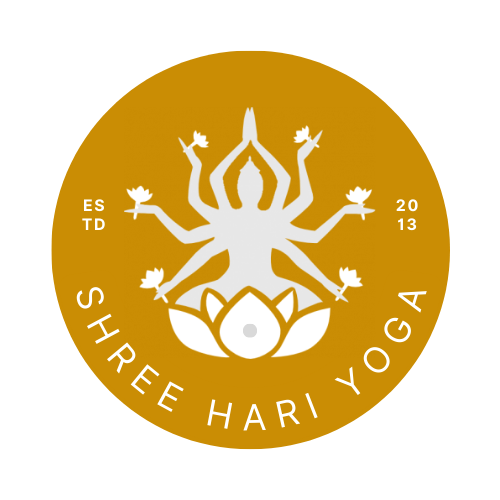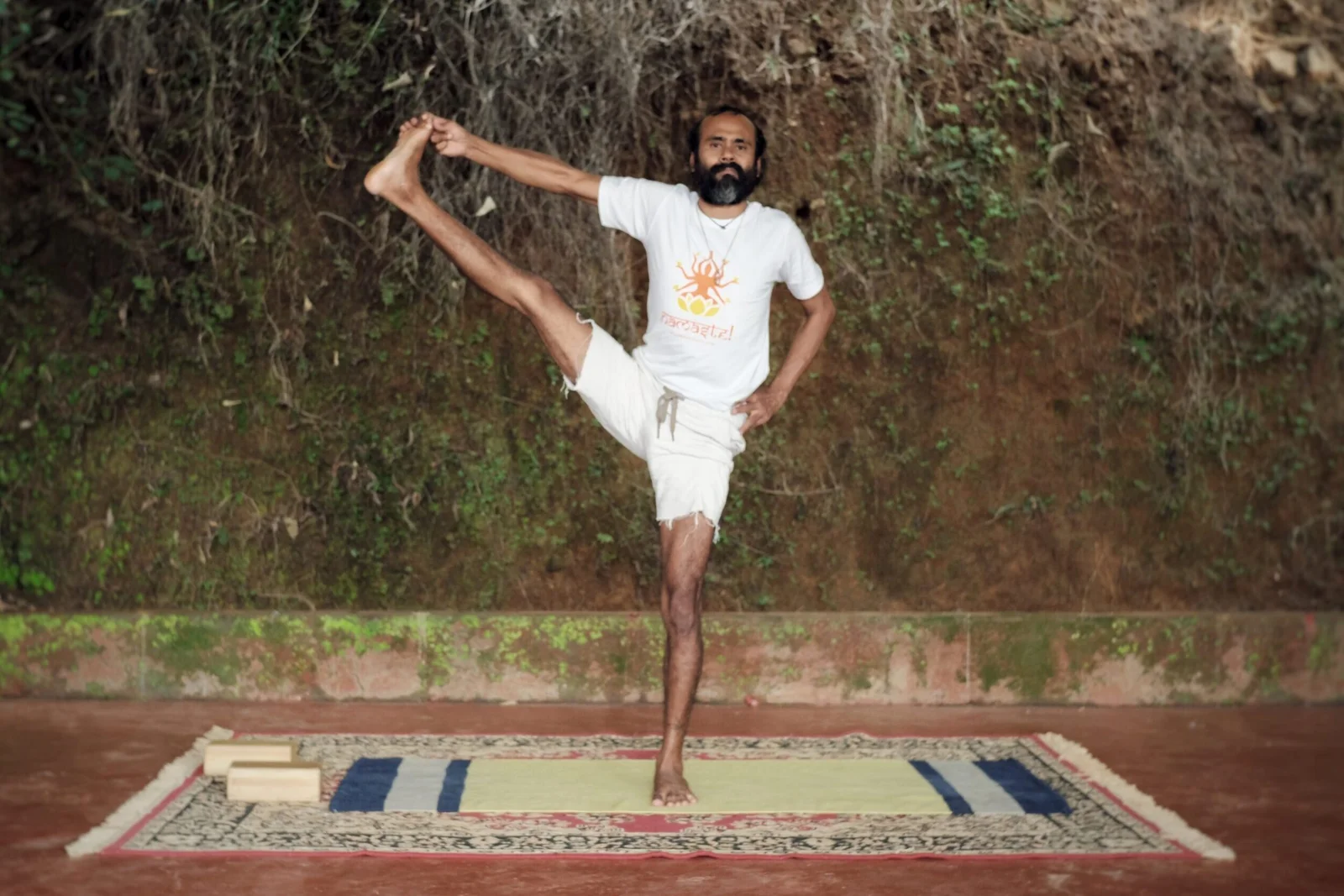Table of Contents
ToggleHatha Yoga Pradeepika: A Guide to Yogic Mastery
The Hatha Yoga Pradeepika is one of the three primary texts of hatha yoga. The word Pradipika means “to cast light,” making this text a guiding beacon in the mystical world of hatha yoga. Hatha yoga purifies the body through asana, bandha, concentration, mudra, pranayama, and shatkarma, forming a foundation for Raja Yoga and samadhi practice.
By following the hatha yoga path, practitioners cultivate self-control, discipline, and intense concentration—qualities essential for spiritual advancement.
Four Divisions of Hatha Yoga Pradeepika
Hatha Yoga Pradeepika divides its teachings into four main sections, each designed to purify the body and mind:
-
Asana
-
Shatkarmas and Pranayama
-
Mudra and Bandha
-
Samadhi (Enlightenment)
Asana: The Foundation of Physical Discipline
The text highlights six obstacles to yoga: excessive eating, overexertion, chattiness, rigid rule-following, ordinary company, and mental instability.
Conversely, six qualities foster success: enthusiasm, persistence, discrimination, unwavering faith, courage, and avoidance of ordinary company.
Paschimottanasana is described as the most effective asana. When practiced correctly, pranic currents rise through the main energy channel, digestion improves, the stomach flattens, and the practitioner becomes healthier and more disease-resistant.
Pranayama and Shatkarmas: Purification through Breath
Hatha Yoga Pradeepika emphasizes pranayama and shatkarmas as methods to cleanse the nadis (energy channels).
-
Inhale and exhale through the ida and pingala nadis while keeping the mouth closed.
-
A steady breath stabilizes the mind, while an unstable breath creates mental turbulence.
-
By achieving synchronized breath and mind, the yogi cultivates steadfastness and inner peace.
Perfected Hatha yoga manifests as a lean body, calm face, clear eyes, strong digestive fire, balanced nadis, and control over vital energies.
Bandha and Mudra: Controlling Inner Energies
Bandhas and mudras strengthen energy flow and promote longevity:
-
Vajroli Mudra unites bindu and rajas, bestowing siddhis (perfections).
-
Khechari Mudra enhances awareness across past, present, and future.
-
Regular shakti practice leads to siddhi, helping yogis transcend time and death.
Samadhi: The Ultimate Goal
Samadhi occurs when the mind becomes immobile, like a bird without wings.
-
The yogi focuses on nada (inner sound) with a concentrated mind free of thought.
-
In this state, practitioners transcend time, karma, and external influences.
-
Awareness of senses, self, and surroundings dissolves, allowing union with the divine.
Aim of Hatha Yoga
Hatha Yoga aims to unify the mind and body. Human minds often split between discipline and indulgence.
-
The masters advise first disciplining the body:
-
Purify subtle elements (tattwas).
-
Cleanse energy channels (nadis).
-
Regulate prana, nervous system, and secretions.
-
-
Next, practice mudras (e.g., vajroli, sahajoli, khechari, shambhavi, vipareeta karani) to deepen meditation.
-
These practices naturally lead to pratyahara, then dharana, dhyana, and finally samadhi.
Hatha Yoga for a Healthy Life
Exercise Properly
Mental balance requires a healthy body. Regular asana practice strengthens muscles, increases flexibility, and balances the nervous system.
Practice Conscious Breathing
Breath control stabilizes the mind. Techniques like Kapalabhati and Anulom Vilom enhance energy and mental focus.
Relax Correctly
Regular relaxation rejuvenates the body and senses, aiding recovery from effort and stress.
Follow a Proper Diet
A balanced, mostly vegetarian diet provides energy for the body and mind without harming others.
Positive Thinking and Meditation
Mental health depends on thought patterns. Meditation and positive thinking foster emotional equilibrium and clarity.
What to Expect in a Hatha Yoga Class
A standard 90-minute Hatha Yoga class includes:
-
Breathing Exercises: Kapalabhati and Anulom Vilom.
-
Warm-Up: Surya Namaskar, dolphin pose, leg raises, and spine exercises.
-
Asanas: 12–15 poses held 1–3 minutes each, with short relaxations between.
-
Final Relaxation: 15 minutes of deep relaxation, often inducing sleep.
Common Props in Hatha Yoga
Props make poses safer and more accessible:
-
Yoga blocks
-
Bolsters
-
Straps
Who Should Practice Hatha Yoga?
Hatha Yoga benefits many, but some may require adapted classes:
-
Very elderly individuals
-
People recovering from long-term injuries
-
Individuals with spinal, neck, or severe knee issues
Gentler styles like Yin Yoga or Chair Yoga may suit these groups better.
What Distinguishes Hatha Yoga?
-
Poses are held 1–5 minutes, unlike brief holds in modern yoga styles.
-
Metabolism slows, emphasizing internal organs and the spine rather than muscles and joints.
-
Hatha focuses on stillness, requiring less oxygen and placing less strain on the body.





